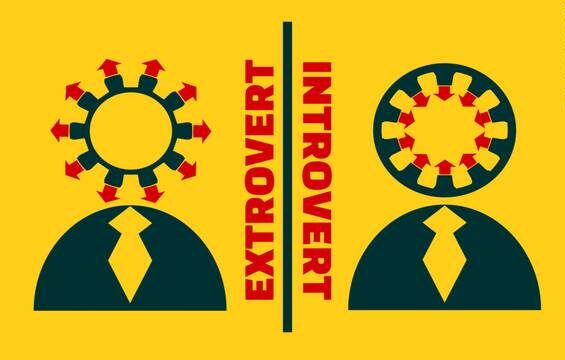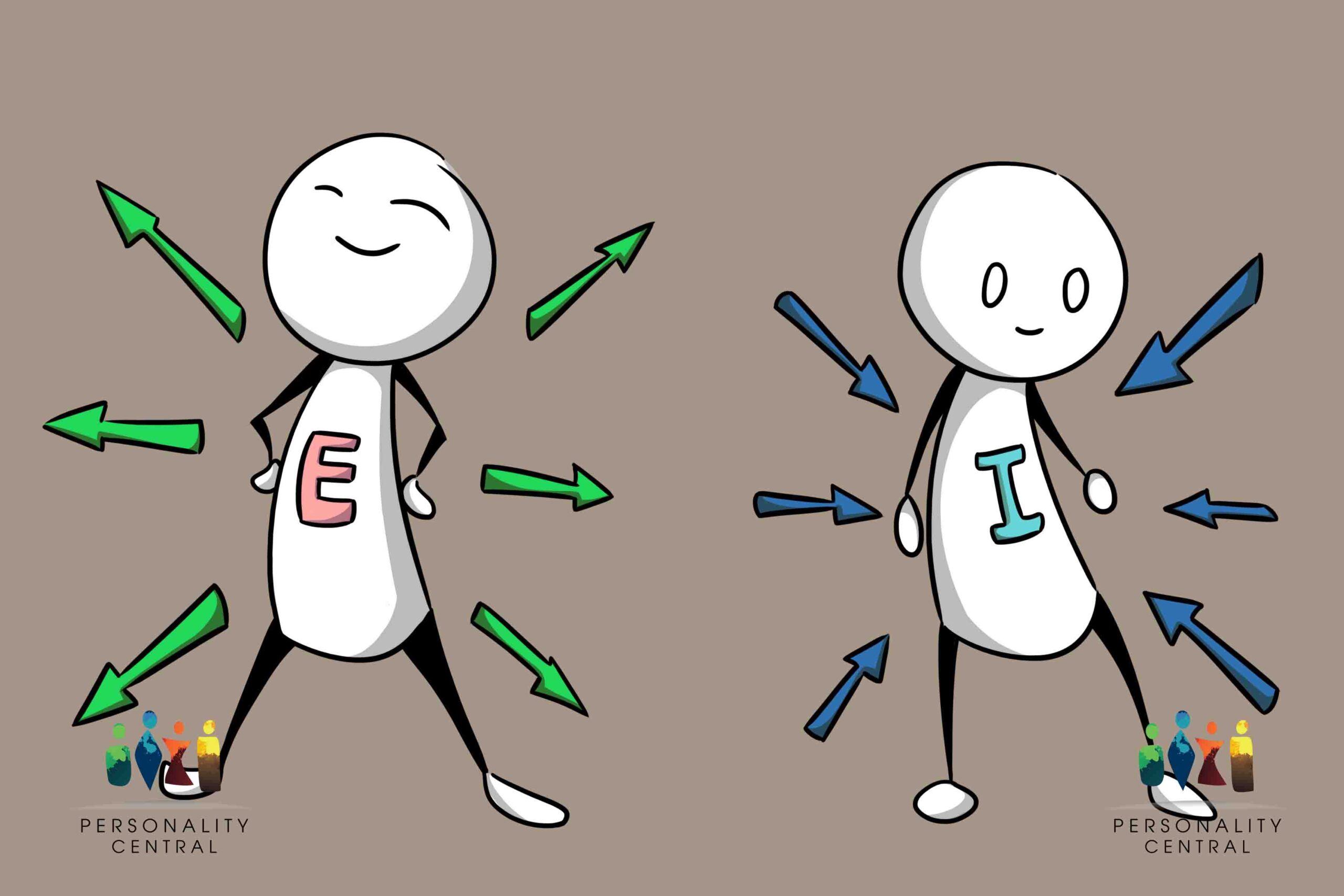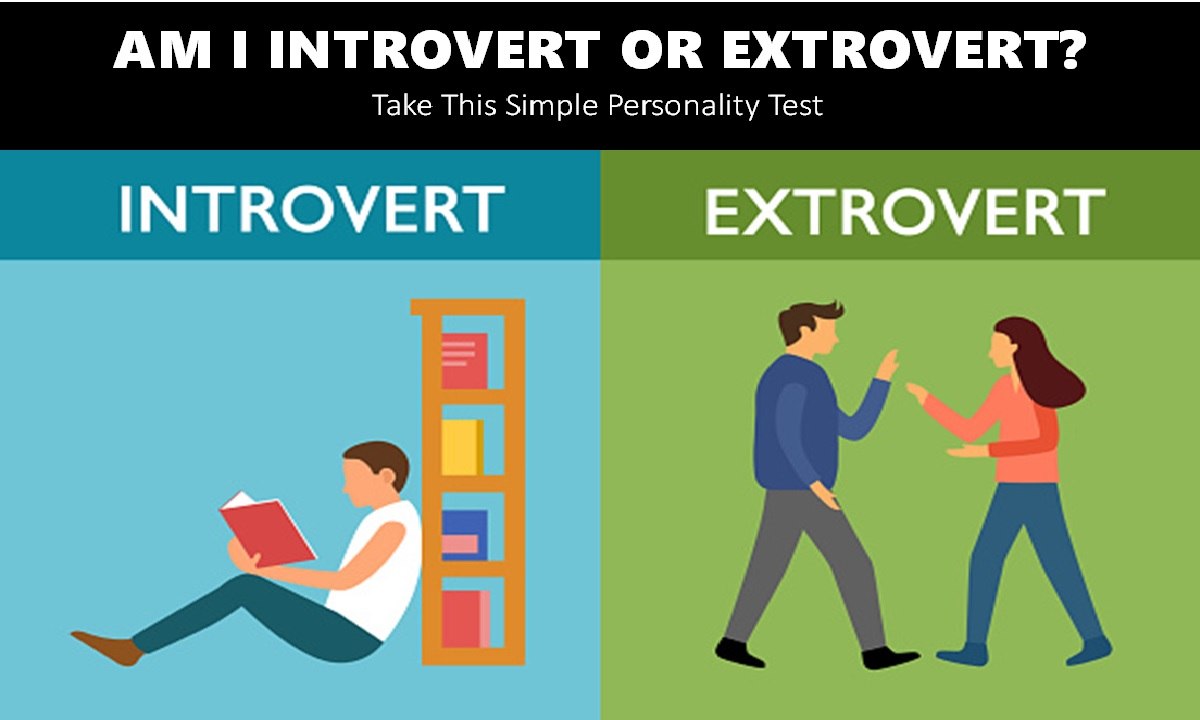Introduction
Human personality is a complex tapestry woven with various threads, and one of the most prominent dimensions is the extraversion-introversion spectrum. Coined by Swiss psychiatrist Carl Jung, these terms have become central in understanding and categorizing human personality. Extraversion and introversion represent two ends of a continuum, influencing how individuals interact with the world, process information, and recharge their energy. In this article, we will delve into the intricacies of these personality types, exploring their characteristics, strengths, challenges, and the impact they have on personal and professional life.

January 2 is designated as World Introvert Day. It all began in 2011 with a blog post by author and psychologist Felicitas Heyne advocating for a day set aside for the “quiet ones.” World Introvert Day is an opportunity for introverts to finally unwind and enjoy solitude after the holiday season and lavish New Year’s Eve celebrations. This time of year can be difficult for introverts for a variety of reasons.
Thus, Introvert Day is a great opportunity for you or someone you know to unwind and celebrate your solitude if you or they prefer to be alone, spend time alone, avoid loud parties, or spend time with people who talk too much. To add even more special touches to the day, we have selected some best wishes. Defining Extraversion and Introversion
Extraversion and introversion are not binary categories but rather exist on a spectrum, with individuals falling at different points along the continuum. At its core, extraversion is characterized by an outgoing, social, and energetic nature. Extraverts thrive in social settings, often seeking external stimulation and enjoying interaction with others. They tend to be assertive, expressive, and derive energy from being around people.
On the flip side, introversion is marked by a more reserved, reflective, and inward-focused demeanor. Introverts prefer quieter environments, need time alone to recharge, and may find large social gatherings draining. They often exhibit thoughtful and contemplative traits, excelling in deep, focused work.
Understanding Extraversion
Extraverts are often the life of the party, effortlessly engaging in conversations, and thriving in dynamic social environments. They are energized by external stimuli and tend to think on their feet. Extraverts are generally outgoing, confident, and comfortable in the spotlight. In professional settings, they may excel in roles that require frequent interaction, networking, and public speaking.
Extraverts are typically team players who enjoy collaborating with others. Their ability to express themselves openly can lead to effective communication and rapport building. However, they may need to be mindful of potential challenges, such as the tendency to dominate conversations or overlook quieter voices in group settings.

Understanding Introversion
Introverts, on the other hand, are often more reserved and prefer depth over breadth in their relationships. They thrive in quieter, less stimulating environments, where they can focus on their thoughts and ideas. Introverts are excellent listeners, observant, and can excel in tasks that require deep concentration and analysis.
In professional settings, introverts may shine in roles that involve independent work, research, or creative endeavors. They are often skilled at problem-solving and can bring unique perspectives to the table. However, introverts may face challenges in environments that demand constant social interaction or quick decision-making, as they may need time for thoughtful reflection.
Navigating the Spectrum
It’s crucial to recognize that few individuals are exclusively extraverted or introverted. Most people fall somewhere along the spectrum, exhibiting a blend of both traits. This is known as ambiversion, where individuals can display characteristics of both extraversion and introversion depending on the context or circumstances.
Ambiverts possess the adaptability to engage in social situations when necessary while also valuing and seeking solitude for self-reflection and recharging. Understanding and embracing ambiversion can lead to enhanced self-awareness and improved interpersonal relationships.
Harnessing Strengths and Overcoming Challenges
Both extraversion and introversion bring unique strengths to the table, and recognizing these qualities can help individuals thrive personally and professionally. Extraverts excel in networking, collaboration, and fast-paced environments, while introverts shine in focused, detail-oriented tasks and creative problem-solving.
However, challenges may arise when individuals are forced to operate outside their natural inclination. Extraverts may struggle in roles that require prolonged periods of solitary work, while introverts may find it challenging to navigate highly social and competitive environments. Employers and individuals alike can benefit from fostering environments that allow for a balance of both extraverted and introverted qualities.

Conclusion
In conclusion, the extraversion-introversion spectrum offers a valuable framework for understanding the diverse ways in which individuals interact with the world. Recognizing and appreciating the strengths of both personality types can lead to more effective communication, collaboration, and overall well-being. Whether extraverted, introverted, or ambiverted, embracing one’s natural tendencies while cultivating adaptability can contribute to a richer and more fulfilling life.

1 thought on “Exploring the Spectrum: Understanding Introversion and Extraversion Best Personality Types.”